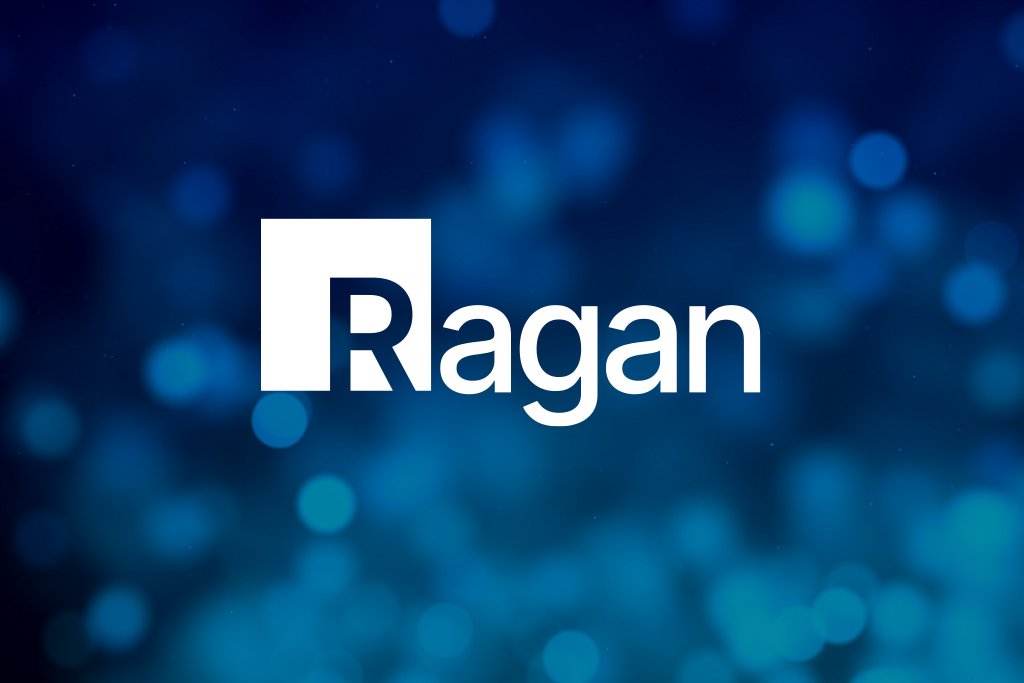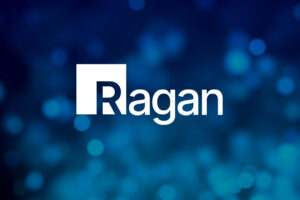Ragan’s #3 Story of ’23: How better communication can keep employees from leaving
Is your comms team doing everything it can to help boost employee retention?

Julie Baron is an affiliate consultant with Ragan Consulting Group who knows a thing or two about employee retention. With 30 years of communication experience, her expertise includes employee and leadership communications, global communications, training and public/media relations.
Career change, promotion, pay, going back to school and family circumstances are some of the reasons employees voluntarily leave organizations.
The Great Resignation continued last year, although at a slower pace than in 2021. About 4 million people quit their jobs in October 2022, the most recent month available, according to the U.S. Bureau of Labor Statistics. The recent wave of tech-sector layoffs is unlikely to discourage job-hopping in other industries in 2023.
Often a feeling of being disconnected from work and colleagues contributes to an employee’s decision to quit even if other factors come into play. Communication can help reduce turnover and reduce the high costs of replacing employees. Communication can help make an organization a place where people want to work, not leave.
No matter the reason, replacing an employee costs time and money in recruiting, onboarding, and training. Replacing an employee can cost one-half to two times the employee’s salary, according to Gallup. A tight labor market likely adds to those costs.
There are also costs never recorded on a spreadsheet, such as knowledge loss, decreased productivity and lower morale among the employees who remain. Most organizations have a tough time rebounding from the loss of top talent — those effective problem solvers and constant innovators.
There is a surplus of employee retention articles on exit interviews, now-trendy stay interviews, revamped benefits, flexible work options and financial and mental health wellness programs. Often overlooked is the role communication plays in boosting employee retention.
Today’s employees want the increased communication efforts, manager availability and clarity of expectations that their employers showed them they were capable of during the unforeseen, extremely difficult time of COVID-19. But it seems that some organizations are falling back into the bad, old ways or having difficulties sustaining what was done to engage and retain employees during the pandemic.
Sounds like a great opportunity for communication professionals? Are you managing your entire communication system to build trust in the organization and foster an engaged workforce for business impact? Is your comms team doing everything it can to help boost employee retention? Here are five sets of questions you should ask. As always, it starts at the top.
Leadership Communications
While the CEO plays a crucial role in leadership communications, the rest of the senior leadership team must be visible and talk sincerely to employees. When that happens, it’s a great display of shared responsibility and the CEO’s confidence in the people selected to lead the organization.
Questions: Does your leadership communication plan include all the necessary players? Do you have measures in place to guarantee transparent, consistent and timely communication to build and maintain employee trust? Do your leaders have a cohesive narrative that demonstrates a shared vision and commitment to employees’ well-being? Do your leaders need storytelling training?
Manager Communications
Employees want open and timely communication with managers, whom they trust the most. They depend on their managers to translate strategies to help them do their jobs well. Managers must provide the why behind decisions, and confirm that the work employees are doing is contributing to the company’s vision and goals.
Companies where managers are high-performing communicators,benefit from 50% higher shareholder returns, more successful strategy and change initiatives and improved employee engagement, according to a report by HR company CEB before it was acquired by research firm Gartner.
Questions: Have you established a baseline understanding of manager communication requirements? Are you working with managers to strengthen their communication skills? Do you have a process and dedicated space for people leaders to tap into tip sheets, toolkits, talking points and guides for team meetings and one-on-ones?
Culture
Cultures are created through communication. The result is a collection of customs, roles, rules and rituals. Cultures link individuals to one another and provide the basis for a common identity. Cultures create a context for interaction and the negotiation of disputes. Without well-conceived communication and carefully chosen channels, it’s impossible to preserve and pass along good cultural characteristics from one place and time to another. Somehow, bad culture is passed along on its own.
Questions: Do your communication strategy, plan and programs aim to integrate and unite employees across functions, regions, business units and brands? What are you doing to foster dialogue across boundaries and increase connections among employees? Are you helping employees build their social capital?
Feedback & Recognition
Employees want to receive feedback, coaching and recognition. When it is genuine, specific and timely, it can make a big impact. Employees are looking for acknowledgment from management and their coworkers. Organizations with peer-to-peer recognition programs are more likely to have higher employee retention, according to a 2018 survey by Society for Human Resource Management and Globoforce (now Workhuman).
Do you have a communication plan for recognition? How are you promoting the program, providing opportunities for public recognition? Do you have leadership support? How are managers and employees encouraged to participate?
Technology & Tools
It’s our job to stay up to date on the latest and greatest tools. Understanding channel strengths and weaknesses related to message appropriateness, speed to delivery, access, interactivity and impact on employee behavior is key.
Private and group messaging applications such as Slack and Microsoft Teams are often more efficient than email and are great communication tools. Knowledge-sharing forums, such as Google Workplace and Microsoft Sharepoint, allow leaders, managers and peers to discuss any problem, project or concern. These platforms are great for broad-based Q&A. Easily searchable resources help employees learn their way around a company.
Questions: Do you follow the trends in communication technology? Do you have the right mix of communication channels? When was the last time your organization reviewed its tools? Is your technology improving employee experience? Promoting information sharing?
Where communication is open, timely and accurate, employees demonstrate greater intent to stay with the organization. However, communication in most companies isn’t great. Sometimes it is so bad that it drives people to quit.
Follow RCG on LinkedIn and subscribe to our weekly newsletter here.




Communication is great, but I did not see communication from the employees. Two questions you might ask your employees as you launch 2023 plans:
1) What should be company do to better serve customers and increase sales?
2) What should be done to make operations more efficient and profitable?